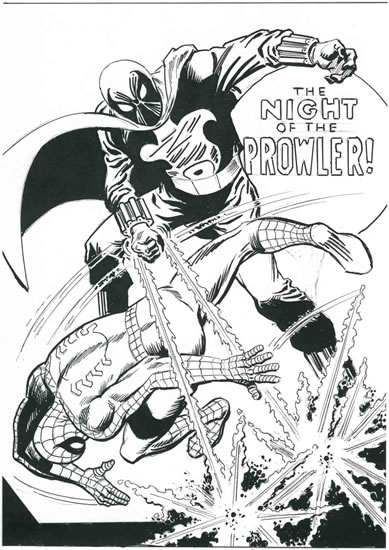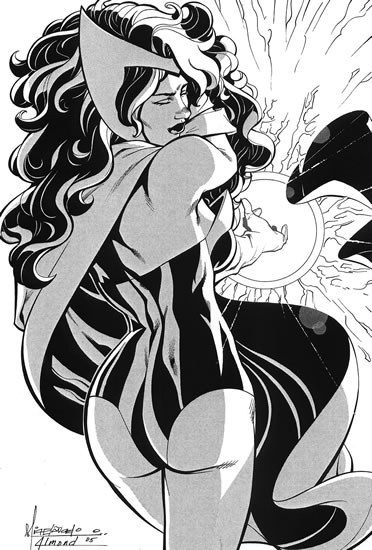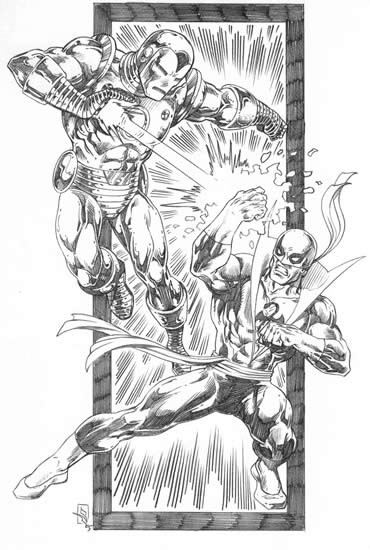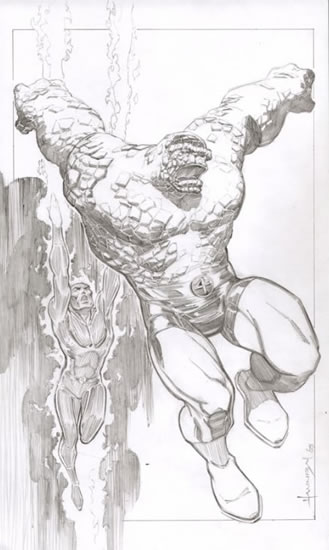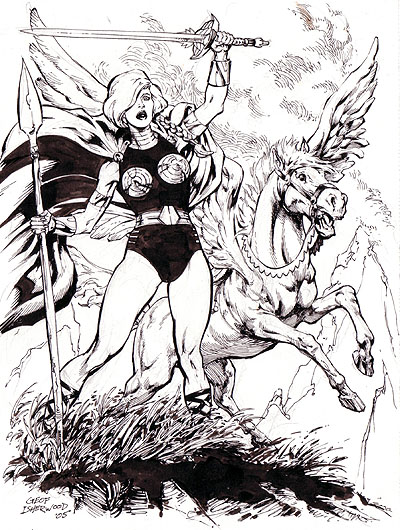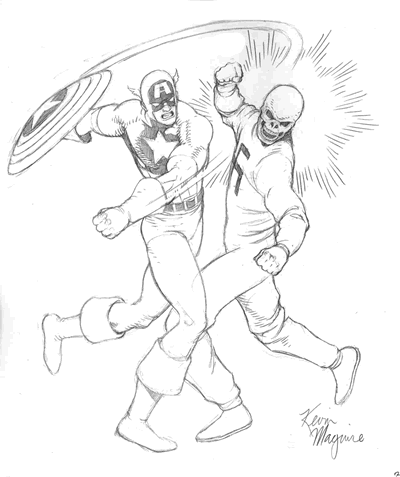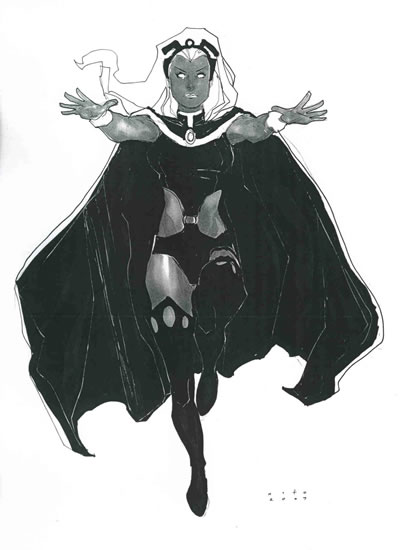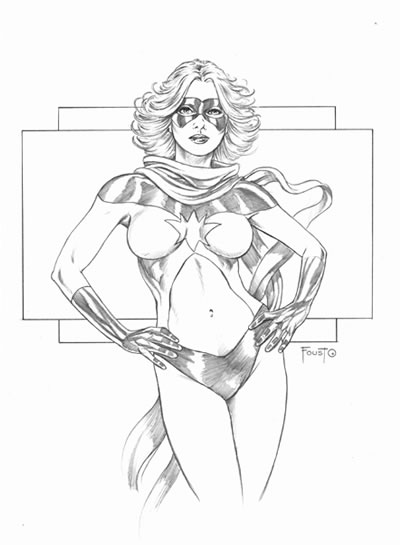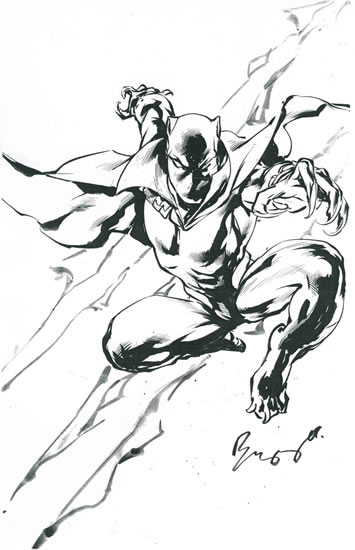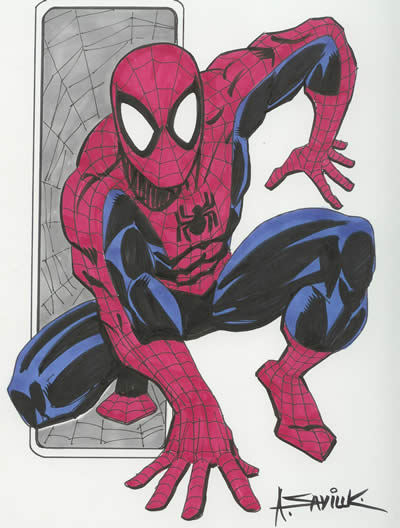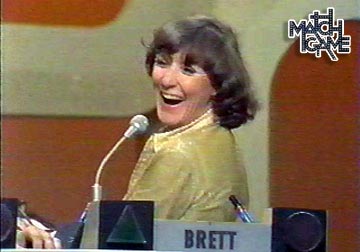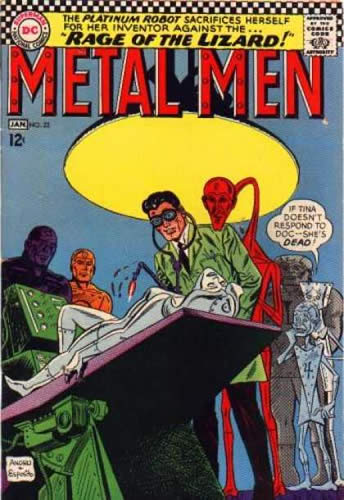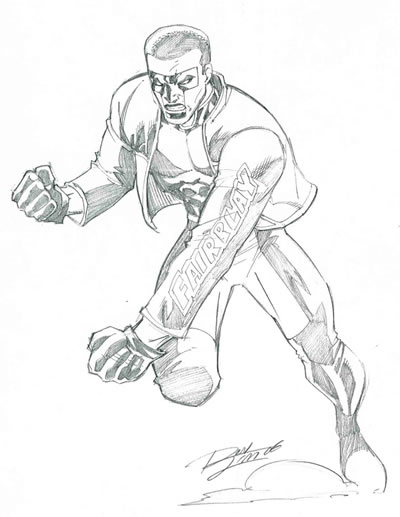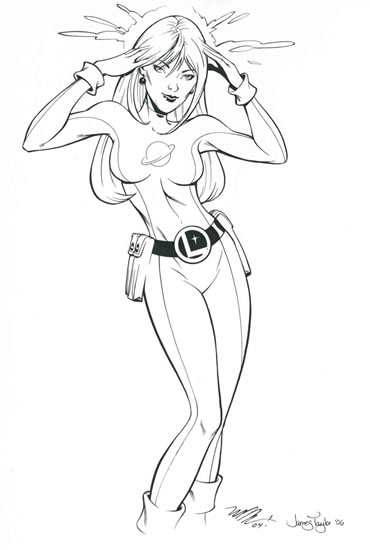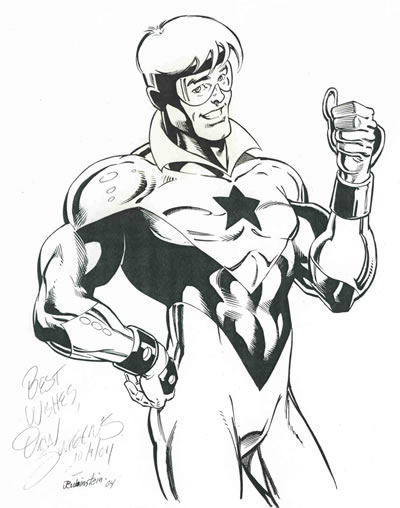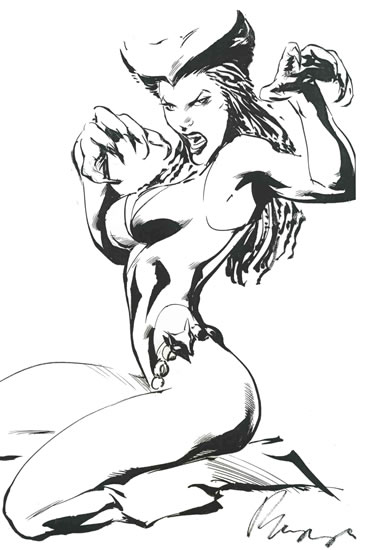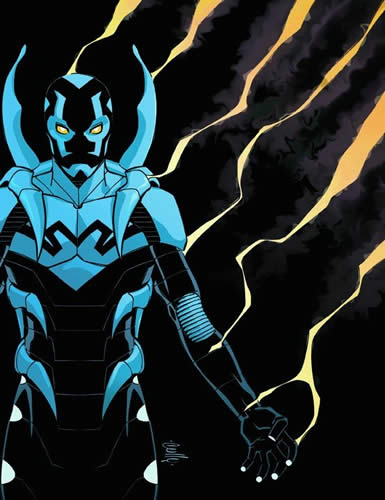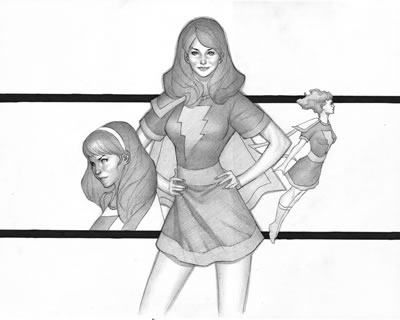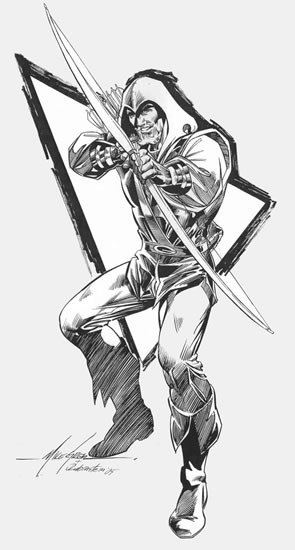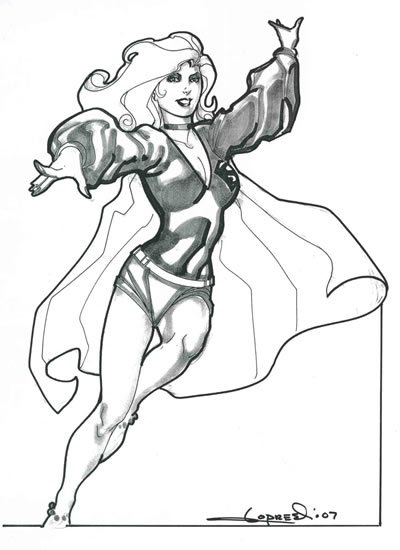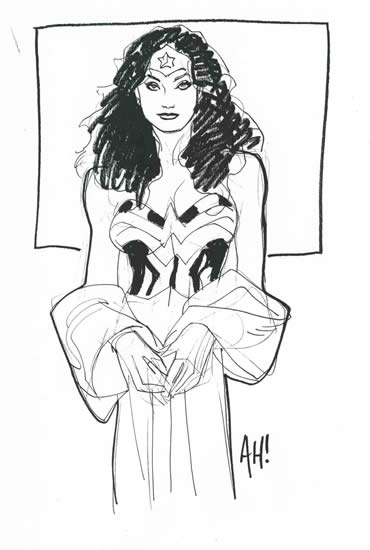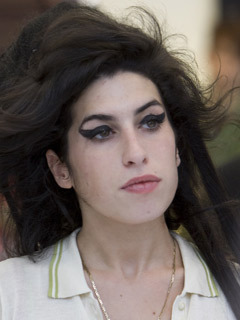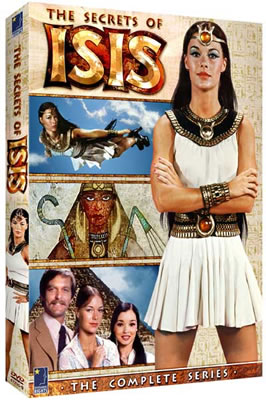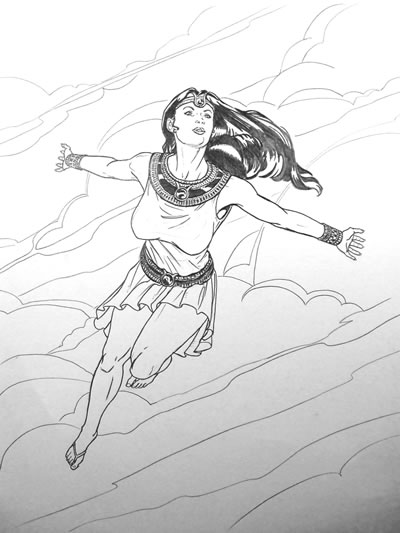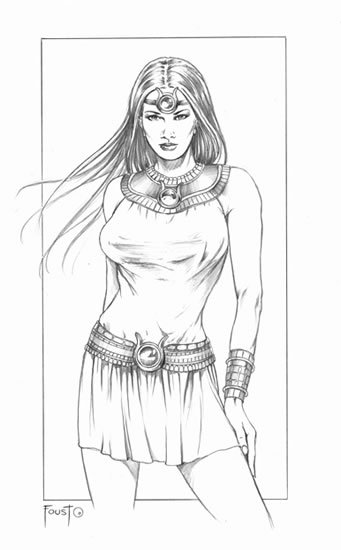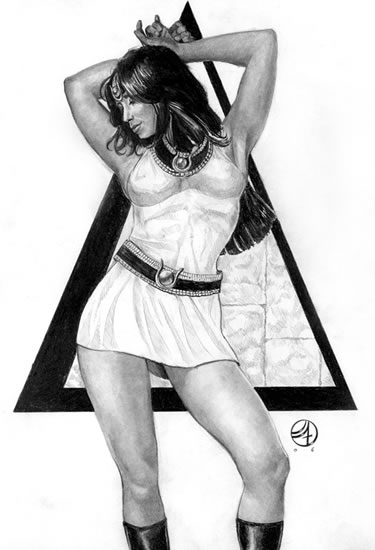Marvels vs. Marvels
Because I refuse, friend reader, to allow you to be disappointed when you wander by this humble blog on Comic Art Friday, I have summoned the definitive answer to your plaintive query.
Meet Common Elements to the Third Power.
Comic fanboys and fangirls have long debated what would happen if certain superheroes, usually those from opposing publishing companies, duked it out. In fact, I've heard these conversations raging at my local comic shop: "If Wolverine and Lobo got into a fight, who would win?"
Of course, my fevered imagination being what it is, I dream bigger than these mundane concerns. I wonder: "Suppose the Marvel Family in DC Comics found out that there was another group of Marvels in a parallel universe. What would happen?"
Fortunately for all of us, artist Luke McDonnell — he of the popular runs on Iron Man, Green Lantern, and my favorite, Suicide Squad — knows exactly how this rumble would throw down. (Click the image below to view a larger version.)
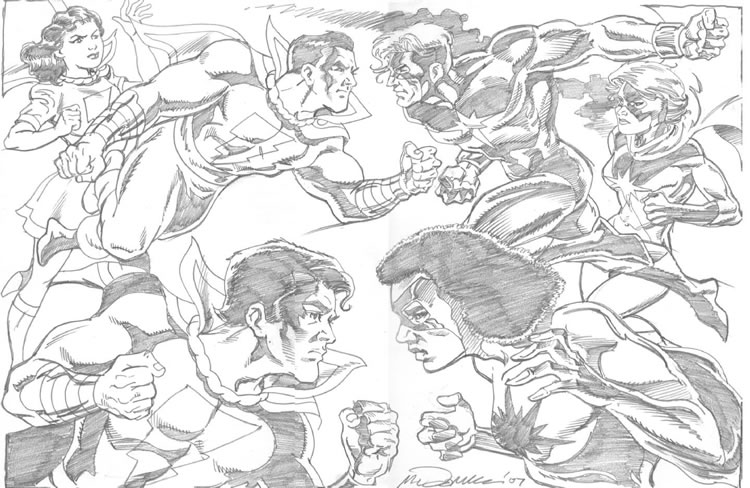
Entering the battle from the left:
- The original Captain Marvel. When plucky newspaper delivery boy Billy Batson utters the magic word "Shazam!" he transforms into — or switches places with, depending on which writer is telling the story — the World's Mightiest Mortal. (Or, if you prefer, the Big Red Cheese.) The good Captain is endowed with the abilities of six mighty figures of legend: the wisdom of Solomon; the strength of Hercules; the stamina of Atlas; the power of Zeus; the courage of Achilles; and the speed of Mercury. Plus, he looks rather dashing in his red union suit.
- Mary Marvel. Billy's long-lost sister Mary, who has been known by both the Batson surname and that of her adopted family, the Bromfields, also gains superhuman powers when she says the magic word. Unlike her brother's, Mary's abilities derive from (mostly) female legends: the grace of Selena; the strength of Hippolyta; the skill of Ariadne; the fleetness of Zephyrus (the one male ringer); the beauty of Aurora; and the wisdom of Minerva. (Actually, in current continuity, Mary's powers come from a passel of Egyptian deities. But I say, why mess with success?)
- Captain Marvel, Jr. Although not a biological relation, Billy's handicapped friend Freddie Freeman inherits a junior-sized portion of the "Shazam!" action when he utters the name "Captain Marvel." (It's like the Happy Meal of superpowers.) Due to the unique method by which he powers up, Freddie is perhaps the only superhero in all of comicdom who can't say his own code name without losing his mojo. He's also the subject of one of comics' all-time conundrums: If you were crippled, and you could heal yourself by speaking a magic phrase, why in the name of Mac Raboy would you ever want to change back? Despite these oddities, Freddie is so cool that he was the favorite superhero of The King: Elvis Presley styled his hair and modeled several of his familiar onstage ensembles after Captain Marvel, Jr.'s 'do and duds.
- The Marvel Comics hero known as Captain Marvel. Unlike his predecessor, this Captain Marvel is an actual captain, in the Imperial Militia of the spacefaring race called the Kree. Mar-Vell (as his mom and dad named him) found himself stranded on Earth after a falling-out with his superiors — the Kree wanted to conquer our planet, while Mar-Vell wanted to save it. For several years in the '70s, Mar-Vell shared a similar spatial relationship with Marvel Comics' perennial sidekick Rick Jones as that between the other Captain and Billy Batson. When Rick clanged together the high-tech bracelets (called nega-bands) on his wrists, he freed Mar-Vell from the Negative Zone, effectively changing places in the space-time continuum with him.
- Ms. Marvel. U.S. Air Force pilot Carol Danvers had been an established supporting character in the Marvel Universe for nearly a decade before she got zapped by a piece of Kree tech known as the psyche-magnitron, gaining superpowers and a nifty costume inspired by Mar-Vell's. Over the years, Carol's powers have gone through more revisions than Merriam-Webster's Collegiate Dictionary, so I'm fairly certain that the Kree connection disappeared long ago. She even changed her code name to Binary, then to Warbird, for a while, and her Kree-inspired outfit is ancient history. But she's always Ms. Marvel to me.
- The second Marvel Comics Captain Marvel. Monica Rambeau, a lieutenant with the New Orleans Harbor Patrol in those pre-Katrina days of yesteryear, was dubbed "Captain Marvel" after she acquired superpowers from an extradimensional energy device. Only later did Monica learn that another hero (in her universe, anyway) already called first dibs on that name. Fortunately for Monica, Mar-Vell had died of cancer by this time, so the title was up for grabs. As it turned out, she later ditched the Captain Marvel nomenclature in favor of a series of other code designations, and eventually reverted to simply calling herself by her real name. A good thing, since Mar-Vell was recently resurrected and reclaimed his former title.
By that time, however, Marvel Comics had already pounced upon the vacated "Captain Marvel" trademark (as opposed to copyright, which is a completely different legal issue) and was already publishing the adventures of their mostly different, but identically named, character. If you snooze, you lose, as the kids say.
And so the situation continues to this day. Because Marvel claimed the "Captain Marvel" trademark and kept it active through the years, only they can publish comics including the phrase Captain Marvel in the title. DC's comics featuring the original Captain and his kinfolk use Shazam as the identifying trademark in their titles. This results in much confusion for newer readers, who don't understand why the smiling superhero in the red long johns goes by the handle Captain Marvel when the cover of the comic says Shazam.
That's corporate America for you, kiddies.
And that's your Comic Art Friday.
Labels: Comic Art Friday

